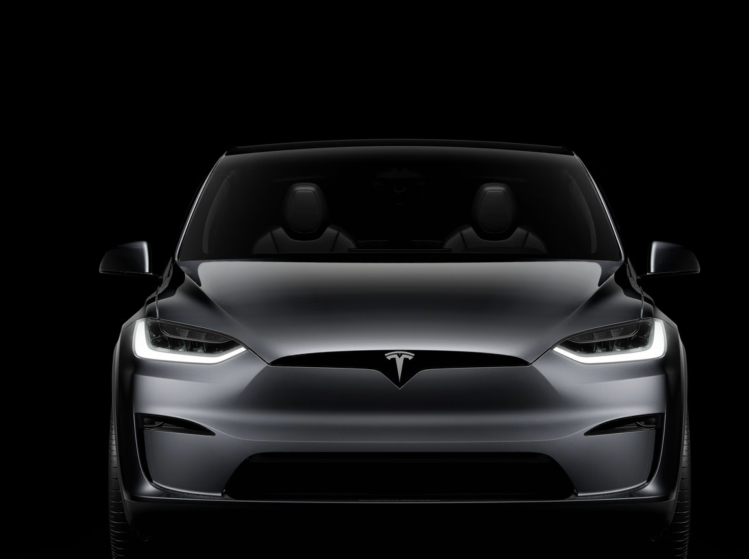Highlights
- Nissan plans to cut 20,000 jobs and consolidate global production from 17 to 10 plants by 2027 under its Re:Nissan revival plan.
- India to become a key export hub for Nissan through its partnership with Renault, with new MPV and SUV models slated for 2026–27.
- Nissan is reshaping its product and cost strategy by halving platforms, streamlining suppliers, and accelerating model development timelines.
On a day when it announced closure of plants and a massive reduction in headcount over the next three years, Nissan Motor reiterated that it would leverage the power of partnerships to carry it through its next phase of revival.
The company has detailed out these plans in its annual results declared in Yokohama, Japan, for the year ending March 31. In the case of India, as already known, the teaming up will be with Renault where an MPV in the B segment will be launched in 2026 followed by a C-segment SUV in 2026-27.
This will be in the form of a contract manufacturing business model given that Nissan recently sold its 51per cent stake in the India manufacturing alliance to Renault which will now have complete ownership of the plant in Chennai. The technical centre will, however, continue as a 51:49 partnership between Renault and Nissan.
India will be a critical hub for exports to Mexico and Latin America. The company is already doing brisk overseas business with its Magnite SUV and the introduction of the left-hand drive option has increased its global exposure to 65 countries. All in all, the export tally last fiscal was 71,000 units even while local sales were much lower at 28,000 units.
Partners to the fore
Renault will also be the Japanese automaker’s ally for Europe which will see production of the Micra EV this year followed by an A-segment offering in 2026. Mitsubishi Motors, in which Nissan has a 34per cent stake, will be the partner for Japan (for an ICE/EV Kei car), the US (Rogue plug-in hybrid electric vehicle and a derivative of Leaf EV) and ASEAN/Oceania where a van and pickup have been earmarked for the Philippines and Australia respectively.The market-specific approach will position the US, Japan, China, Europe, the Middle East and Mexico as key regions while a customised approach will be adopted for other countries. In the US, this will see addressing rapidly expanding segments such as hybrids.
Mexico will continue to serve as an important export hub while in Japan, expansion of the model coverage will contribute to reinforcing the Nissan brand in its home market.
The approach in China will focus on enhancing domestic performance with new energy vehicles while exports (from China) will cater to diverse global needs. Nissan will leverage partnerships with the Renault Group and partners from China to further diversify offerings.
In Europe, the focus will be on B and C segment SUVs while the company will focus on large SUVs in the Middle East while exploring products from China to enhance competitive offerings.
Teaming up with Honda
Interestingly, Nissan has indicated that it will explore electrification and vehicle intelligence with Honda as part of its partnership strategy. The two companies were in talks for a merger but dropped the proposal following differences of opinion on the new business structure. Whether talks will still resume for a deeper alliance in the future remains to be seen.Nissan has made it known that it will consolidate its vehicle production plants from 17 to 10 by 2027. It will also streamline its powertrain plants and accelerate job reformation, work shift adjustments, and capital expenditure reductions, including cancellation of the lithium iron phosphate battery plant in Kyushu, Japan.
The Japanese automaker aims to reduce its workforce by a total of 20,000 employees between 2024 and 2027, which includes the previously announced reduction of 9,000. This will include direct/ indirect roles and contractual roles in manufacturing, SG & A (selling, general and administrative expenses) and R&D functions.
All these changes are part of Re:Nissan, an action-based recovery plan which clearly outlines what is the need of the hour. “All employees are committed to working together as a team to implement this plan, with the goal of returning to profitability by fiscal year 2026,” said Ivan Espinosa, Nissan President and CEO.
Aggressive cost reduction goal
Nissan has set an aggressive cost reduction target which will see an acceleration of engineering and cost efficiencies. The company will ‘temporarily pause’ advanced and post-FY26 product activities to mobilise 3,000 people to focus on cost reduction initiatives.Nissan will also restructure its supplier panel to secure more volume for fewer suppliers, eliminating inefficiencies and challenging legacy standards. Plans include revamping its development processes by reducing engineering costs, complexity, and improving development speed.
Through various initiatives such as rationalising global R&D facilities and allocating work to competitive locations, Nissan aims to reduce the workforce's average cost per hour by 20per cent .
The company proposes to reduce parts complexity by 70per cent , while the integration and optimization of platforms will decrease the number of platforms from 13 to 7 by 2035. Nissan will advance its efforts to significantly shorten the development lead time of the first vehicle to 37 months and subsequent family vehicles to 30 months.
The company is reshaping its product strategy to be more market-focused and more brand-oriented. It believes that commitment to innovation will accelerate and be centered around signature Nissan models that ‘deliver strong nameplates which represent the heartbeat of Nissan globally’.





Comments (0)